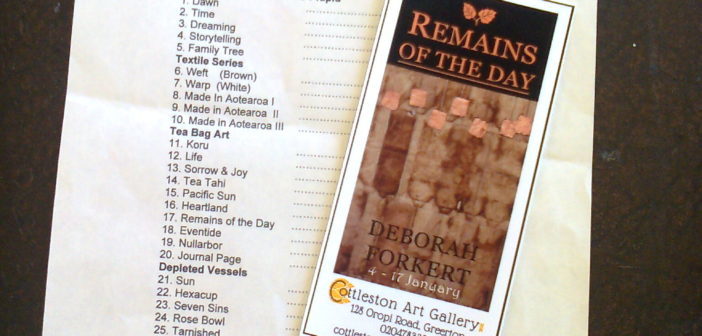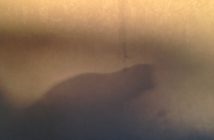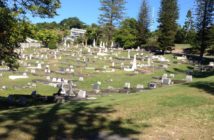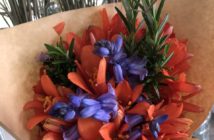The work of mixed media and textile artist Deborah Forkert is showing at Cottleston Gallery, Greerton until 17th January 2017. Take this opportunity to see the unique creativity of Forkert in the surrounds of a gracious old Tauranga home-boutique art gallery.
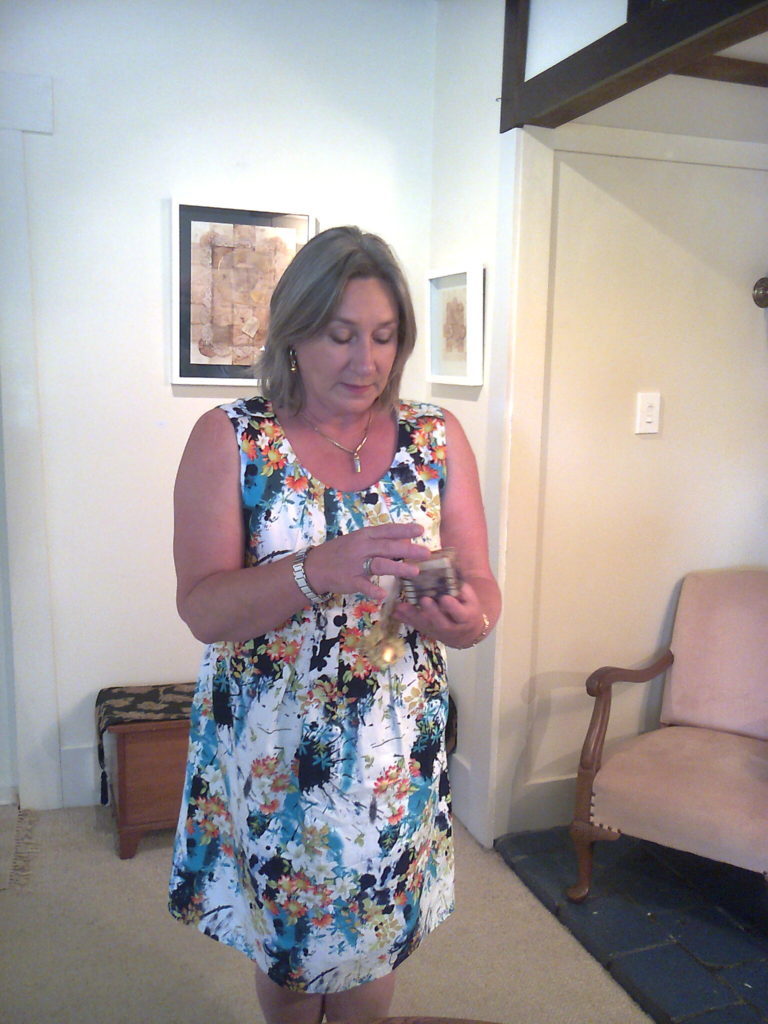
Deborah Forkert explains a piece from Depleted Vessels
Forkert’s personal presentation is the usual, groomed, stylishness of middle-class New Zealand suburbia – there is nothing to suggest this woman’s art practice or indicate the style of work she now creates. If anything her appearance would suggest she should be part of some local amateur painting group producing sedate watercolours of the Mount and Tauranga foliage – nothing could be further from the reality of her precise, innovative and sophisticated work.
The first time I heard Deborah Forkert speak about her work was her 2016 Miles Art Award floor talk at the Tauranga Art Gallery. Her explanation of her work was articulate and detailed. Her manner almost restrained and quiet as she led the gathering through her creative process and provided an insight into her own intellectual approach to her work.
Forkert’s work had been selected to be part of the competition exhibition (not all work submitted is selected). The work was from Forkert’s series “Memories of My Mother’s Piupiu”. An image created on birch ply referencing the traditional New Zealand Maori skirts associated with ceremony and performance.
Such skirts are of meticulously prepared flax with their cut patterns dyed in mud, attached to a woven waist band. In performance mode, they swirl and click becoming an integral part of the music and sound. In ceremony they add the gravitas of the Garter.
Forkert’s work is also meticulously, painstakingly prepared and references that role of women traditionally creating art, artefacts and domestic beauty previously seen in the Tauranga Art Gallery exhibition of the collection of embroidery and fabric collated by commentator Rosemary McLeod and in the work of another recent Cottleston exhibitor, Viv Davy.
What is unusual about Forkert’s work is its fundamental material is the dried and collected fabric of teabags. Teabags of all sorts – traditional black teas, herbal teas; the used bags of teas acquired elsewhere. Before you scoff: you need to see how they are transformed and the fundamental thought behind the process. I’m going to quote directly from Forkert’s own artist’s statement which was provided at her current Cottleston exhibition:
“For five years Deborah has worked with the dried paper cover of used tea bags, experimenting with and developing a variety of textures, connection methods, spatial patterns and linear joins, which are now the central element of her art practice. Citing each patterned cover as “a moment captured in time with a memory imprinted on it” each is a unique individual, which as part of a collective become as beautiful as a stained glass window”
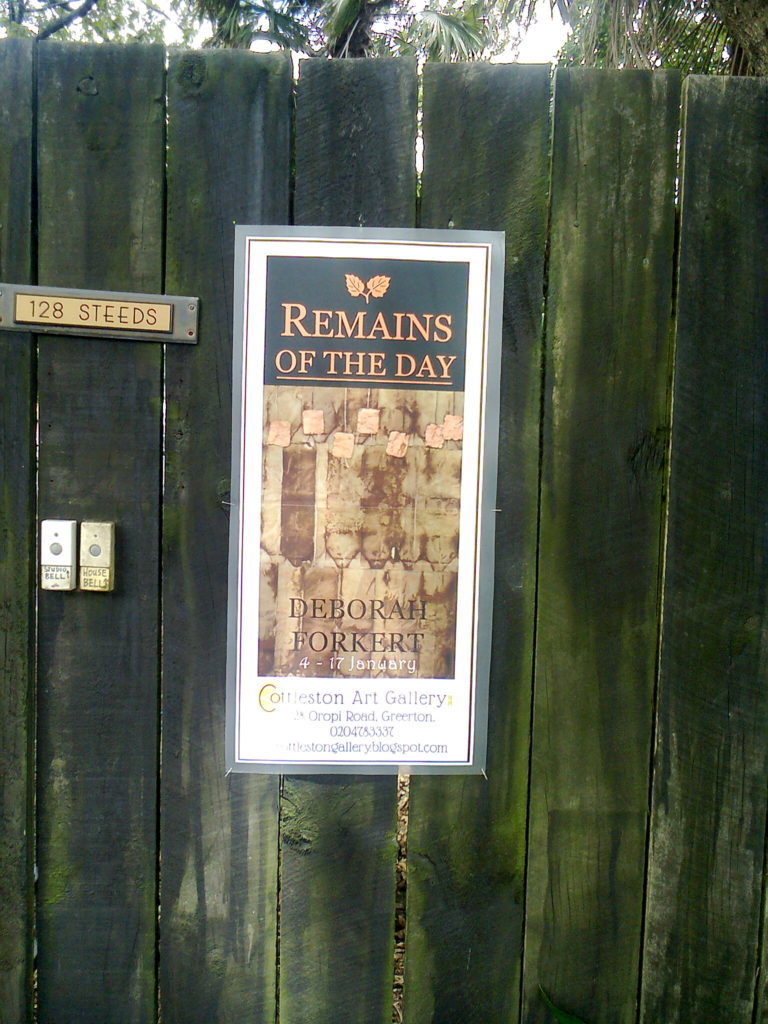
Remains of the Day: Forkert exhibits at Cottleston
I was pleased to be invited to the opening of the Cottleston exhibition; I planned my day so I could attend. Welcome but unexpected visitors put paid to my schedule so that evening, somewhat late, I did no more than rush in, join the throng quickly walk round the exhibition and leave. However in that very brief time I was able to see the diversity and inherent beauty of the work exhibited. Ironically, the works that visually grabbed me that evening were nearly all already red-stickered.
I went back to Cottleston two days later in the company of ARTbop photographer Lee Switzer to meet with Deborah and talk with her to understand more about her work and creative process. I was early: Gallery Director Kate Steeds offered me tea. I was also able to quietly walk around the entire exhibition on my own and look in detail at every work.
There are no explanatory cards or names accompanying the works. There is a list of work and their prices. I didn’t read that or the artist’s statement while I was walking around so again what I saw was what I perceived from my personal reality.
On a low, large, round, highly polished oak table were displayed small translucent beakers, bowls small objects and sculptures looking as if they had been made of horn or resin. They took me straight back to tortoiseshell hair combs. They glowed. Some were embellished with gold leaf. Gallery gloves of white cotton lay on the table but I just stared. This was a collection of collectables – the kind of object you might select to give to commemorate an event.
Hanging in an alcove was a framed rectangular piece its origins creating a backdrop of earth tones embellished with detailed design, copper leaf and silver stars – Number 19. I think it represents the colours of New Zealand and the Kingitanga. There are other pieces where the fibre of the teabags has provided a similar tapa-like background. There is a large, unframed, woodblocked and highly decorated work which I take to be a traditional tapa cloth. I love it and think how wonderful it would look as a featured work in the large space of an open business or professional office. There is also a smaller work in similar tones and detail – it looks like a mandala. There’s high pattern, floral pacifica patterns and hints of gleam. In these works the teabags have been transformed to large areas of fabric.
There are two stylised koru – one with simple black chain stitching, the other with red and turquoise patterns. These also ask to be shared in a public setting. They look as if they should remain together as do the three pale works with pale blue matting. I wonder if the colour of the matting and the different style of framing is of any significance to the works (and later it is confirmed that both are relevant to the overall finished works).
There are pale and translucent works where the teabags remain in their original form – stitched and combined with other fabrics. I see weaving and stitching. Small abstracts, collages and shapes.
Lee arrives. Deborah arrives. Lee captures some images of her before we sit down to tea and talk.
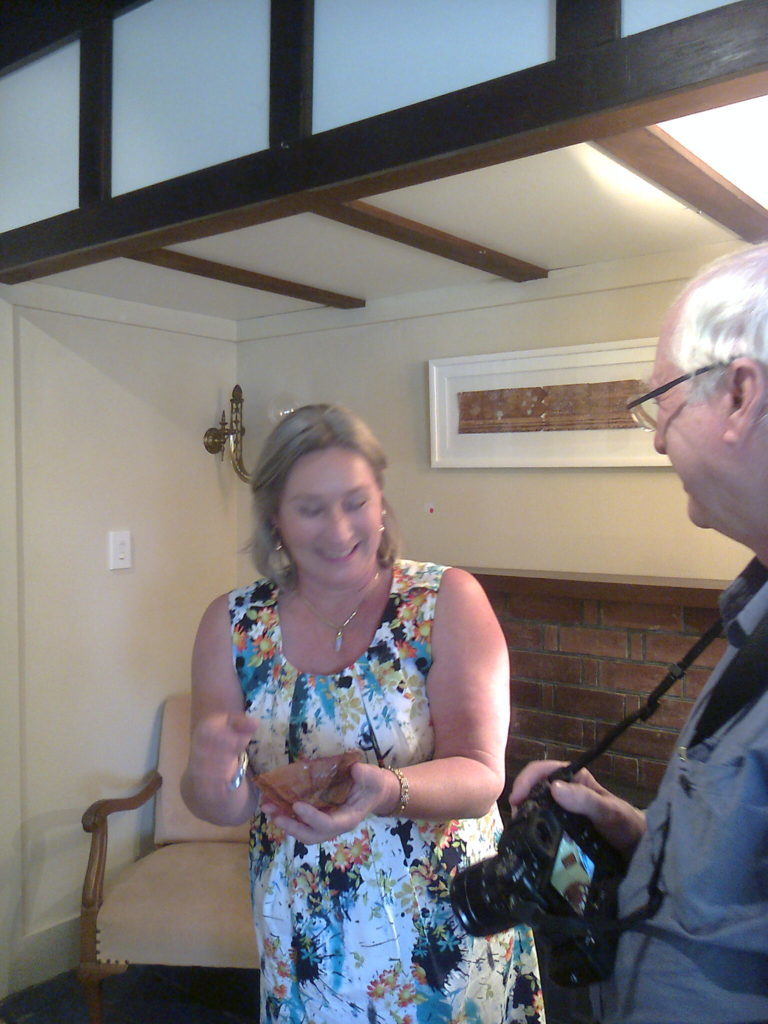
Deborah Forkert and Lee Switzer: Forkert holds an example of the Depleted Vessels series
Forkert would have been described as a “mature student” when she undertook her Bay of Plenty Polytechnic diploma finally formalising her inherent creativity. And it is clear that at all times Forkert has continued to maintain her “traditional” role of wife and mother as her primary obligation, limiting the extent to which she has engaged in further academic studies.
She is animated while she shares her background. She tells us stories: one about her creativity as a primary school child the other as the mother assessing her own children’s work and the epiphany that provoked. Perhaps unintentionally Forkert shows me the talented child; the determined child; the outspoken child – the different child. I’m also left with an overwhelming feeling that this is a child who experienced on-going teasing and bullying and the impact of provincial New Zealand and often rural isolation of the time.
As with Viv Davy I clearly see and hear the direct connection between the creative process, the final works and the impact of family connections and life, the requirements of 60’s New Zealand where “girls” sewed and cooked. Like many women of her generation Forkert was not encouraged to pursue art or creativity during the intervening years: her educational choices were directed by future employment potential.
It’s endearingly funny when this competent and articulate artist now outlines her submission of work into her first art competition – the Anthony Harper Award. Forkert is completely open about her lack of competition protocol and process knowledge. To me what is more important is that she just went ahead and did it.
And again, as a Polytech student, she submitted a portfolio work to the 2012 Miles Art Award and was selected for exhibition. Laughingly she tells us this must have been the reason she was so successful as a graduating student.
The Deborah Forkert of today has her own studio at her home – she’s left the kitchen table and ironing board behind. However much of the fine and detailed stitching is done in the evenings watching TV in the same way women used to knit and stitch for the family. When we suggest that Forkert should be videoed doing her floor talk she makes it clear she’s busy in the upcoming days – a mother helping her son and his visitors. I realise then a large part of her success has to be her ability to balance and compartmentalise her roles.
Tea and cakes consumed Forkert leads Lee Switzer and I through the exhibition and in detail explains both the creative process of each piece and its meaning to her.
Forkert accumulates her base material with its highly variable shapes, colours and textures. Not all teabags are the same shape. Not all of the bag fibre absorbs the same degree of colouration; some herbal teas leave no discernible trace of their presence. The process of selection is time intensive – each small piece of fabric being chosen for its shape and “patination”. Forkert talks about “manipulating” these small pieces into the larger works. They are selected, arranged, rearranged, left, thought about and finalised. Forkert makes it clear the materials are unforgiving and there is no room for mistakes and second chances.
The manner in which the fabric of the tea bags is used is diverse. In some the fabric is primarily the background to which detailed and painstaking embellishment has been applied. Pacific Sun (15) uses teabag tapa, paints, tiny beads and applied leaf. There’s a multi-coloured, tie-dyed “map” of Central Plateau New Zealand. The earlier created Sorrow and Joy (13) is even more traditionally tapa-like with its repetitive woodblocked design. Others are collages of fabrics including fragments of hanji (Korean based mulberry fibre and papers) – abstractions.

Forkert talks to Switzer about the multi-coloured tie-dyed work referencing New Zealand’s Central Plateau and Lake Taupo
Forkert spends a significant amount of time discussing each work. We are shown aspects of the creative process we have not seen. A pattern created in the bottom of one of the tiny, glowing vessels. The personal narrative embodied in the fibre and paint. The insight given by the artist both into the process and the meaning and purpose of creation is like being given the clarity of reading glasses.
The exhibition takes its title “Remains of the Day’ prosaically from the fact that the tea bags are “the remains of the day”. There is however a small signature abstract work of that name. It’s almost missable – on a small side wall as you enter the main gallery area. It’s created from relatively large intensely dark teabag fabric and hanji. It looks as if a large boot squashed the teabags flat ending their day. And, literally it’s the memory of the strong, after work “cuppa” of an Australian working man.
I suppose all creativity is transformational but Forkert’s work exemplifies that fundamental ethic and continues the tradition of women everywhere to look for beauty in what is to hand.
Would this exhibition mean so much to me if I had not had the privilege of Forkert’s Floor Talk? As I did on two occasions, I enjoyed the work, it evoked responses, there were pieces I would enjoy owning. But, I believe the explanation of the technique and the personal creative meaning of the artist provided clarity. I’ve been to several exhibitions at the Tauranga Art Gallery where there has been an accompanying explanatory video loop running in conjunction with the exhibited works. Current technology permits us to record everything we do with terrifying ease and I think visitors would benefit from being able to hear Forkert explain and describe her process and work.
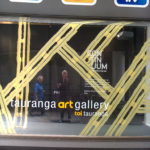 Rosemary Balu. Rosemary Balu is the founding and current editor of ARTbop. Rosemary has arts and law degrees from the University of Auckland. She has been a working lawyer and has participated in a wide variety of community activities where information gathering, submission writing, community advocacy and education have been involved. Interested in all forms of the arts since childhood Rosemary is focused on further developing and expanding multi-media ARTbop as the magazine for all the creative arts in the Bay of Plenty, New Zealand.
Rosemary Balu. Rosemary Balu is the founding and current editor of ARTbop. Rosemary has arts and law degrees from the University of Auckland. She has been a working lawyer and has participated in a wide variety of community activities where information gathering, submission writing, community advocacy and education have been involved. Interested in all forms of the arts since childhood Rosemary is focused on further developing and expanding multi-media ARTbop as the magazine for all the creative arts in the Bay of Plenty, New Zealand.
Whether you are visiting the Bay of Plenty, still holidaying or even if you’ve had to return to work – take the time to visit the beautiful boutique Cottleston Gallery, Greerton.
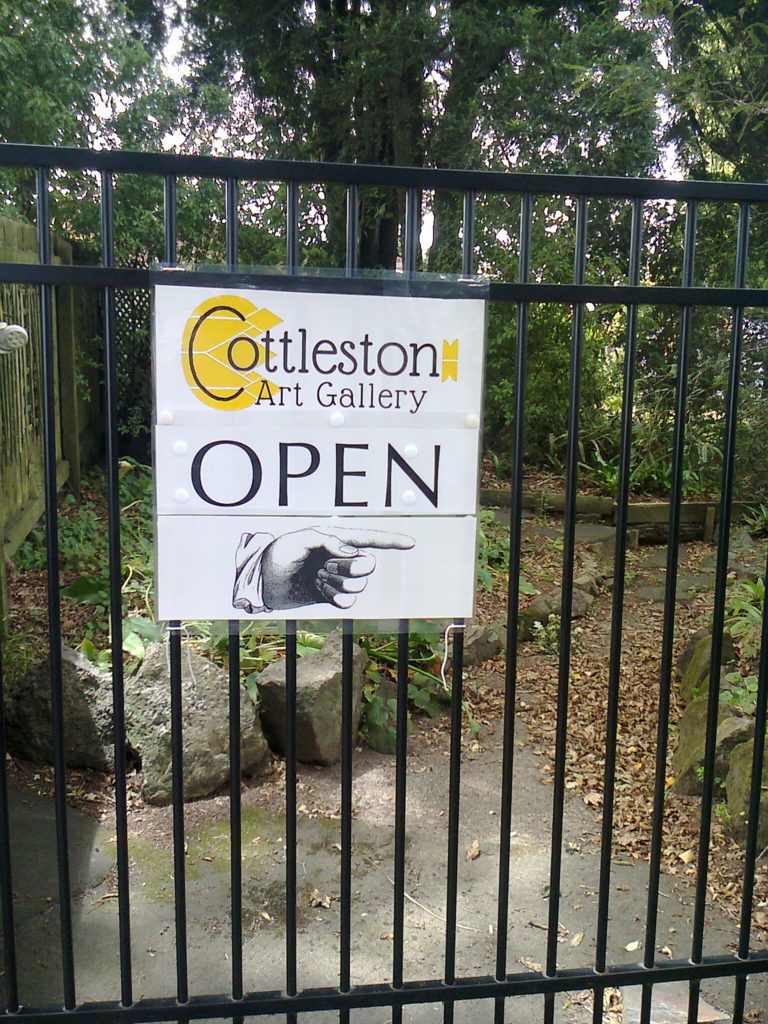
Cottleston Gallery, Greerton
WHAT’S ON AT THE COTTLESTON:
Hello everyone. Here’s wishing you all a great 2017 and hoping you find time to relax and enjoy the summer.
Just finished:
10 – 17 December. Decision A short exhibition of the work that has been completed in the Cottleston studio during the last two months by Artist in Residence Sheena Mayer. You can see images of some of her work, a virtual walkthrough the gallery and more information on the Cottleston website. A limited print edition of only 10 of each original monotype from this exhibition is available through the gallery.
4 – 17 January 2017
Remains of the Day.

Remains of the Day: Forkert exhibits at Cottleston
Deborah Forkert has again this year been a finalist in the Tauranga Art Gallery Miles Award. Her unusual medium – teabags – may surprise you.
You can read more about her exhibition here on the Cottleston website and art practice on the Creative BoP website here.
Opening night 4th January at 6pm. All welcome.
24 Feb – 19 Mar 2017
The Bee Appreciation Society AGM.
Paintings by Katherine Steeds. A unique and painstaking installation of tiny human portraits in homage to the humble bee.
(Due to an unexpected opportunity to develop the gallery in a new direction, please note that the advertised dates of this latter show have been changed to these new dates.)
During exhibitions the Gallery’s usual opening hours are 11am – 4.30pm every day except Mondays.
The Cottleston Gallery
cottlestongallery.blogspot.com
ARTbop promotes:
The Katikati Avocado Food and Wine Festival 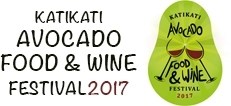
When: 11am – 6pm, Saturday January 14th 2017
Where: Uretara Domain, Katikati
Tickets: $16 – $20
To Book: Early bird tickets ($16) can be booked at
www.iticket.co.nz or gate sales ($20) will
be available on the day
For more information go to www.avofest.co.nz
 Medieval Faire 2017, Tauranga
Medieval Faire 2017, Tauranga
What: The NZ Medieval Faire recreating action from times past.
When: Friday 20th 2pm to 4pm; Saturday 10am to 4pm and Sunday 22nd January 2017 10am to 3pm.
Where: Southey Field (near Tauranga Boys College) Devonport Road, Tauranga 3112. (Parking on Devonport Road.)
Why: To share a sense of the historical past from 9th to 14th century.
Who: Facilitated by Baldaquin Inc., but participants come from all over New Zealand.
CONTACT:
Andria Goodliffe
Mobile: 021 022 55 898
Landline 075702445
 ROTORUA SULPHUR LAKES SCULPTURE TRAIL
ROTORUA SULPHUR LAKES SCULPTURE TRAIL
Although the historic Rotorua Museum is closed indefinitely the other buildings in the wonderful Government Gardens remain open. The gardens are worth a day out in Rotorua and while there include a walk around the Sulphur Lakes Sculpture Trail. This project was begun in 2014 with 2016 seeing the second Sculpture Symposium.
In November 2016 wielding chisels, hammers and power tools artists descended on Rotorua Arts Village Green to transform 25 tonnes of stone and logs into works of art. Seventeen of New Zealand’s top local and national sculptors had nine days to create pieces of art during the 2016 Sulphur Lakes Sculpture Symposium. The finished pieces of art became part of Rotorua’s Sulphur Lake Sculpture Trail.
All the finished sculptures are installed along the Sulphur Lakes Sculpture Trail in Government Gardens to form The Energy Within Exhibition. The pieces will remain on public display along the trail until the next sculpture symposium in 2018.
The works are for sale at prices set by the artists, and any sold from the sculpture trail would be replaced with alternative pieces.
Only five pieces from the 2014 symposium remain available for sale. There is a comprehensive brochure available (free) at both ends of the trail. Make sure you get one of these before you walk through this sculpture park. Free parking is available in the Government Gardens and nearbye streets. There are clean public toilet facilities. The cafe at the Polynesian Spa is a good place for a coffee or walk into Downtown Rotorua to find a variety of cafes and international food chains.
For further information please contact:
Ingrid Tiriana
Public Relations Advisor
DDI: 351-8110
Mob: 021-190 8868
Email: Ingrid.tiriana@rdc.govt.nz
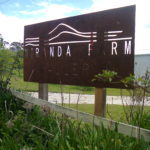 Hello from Miranda Farm Gallery,
Hello from Miranda Farm Gallery,
The Summer show is now up and open for viewing. There are some
sculptures out doors in the orchard, and many beautiful paintings,
prints, ceramics and sculptures in the gallery.
Artists this year include Michael Smither, Fatu Feu’u, Neil
Miller,Christine Hellyar, Warren Viscoe, Clovis Viscoe, James Wright,
Uli Christofferson, Samantha Lisette, Suzy Dunser.
We will be open on all the public holidays through the Summer, and the
farm shop/cafe also.
We look forward to seeing you here, and have a safe and happy Christmas
from us all.
Annie Wilson
Miranda Farm Gallery
1107 Miranda Rd
09 238 2608
www.mirandafarm.co.nz
Open 8-4pm every day
BOP Symphonia RISING STARS Competition. Applications now open to all Bay of Plenty secondary school students. Entries close February 2017. More info from Maggie Gething, President Bay of Plenty Symphonia P: 021 144 2028
HAMILTON GARDENS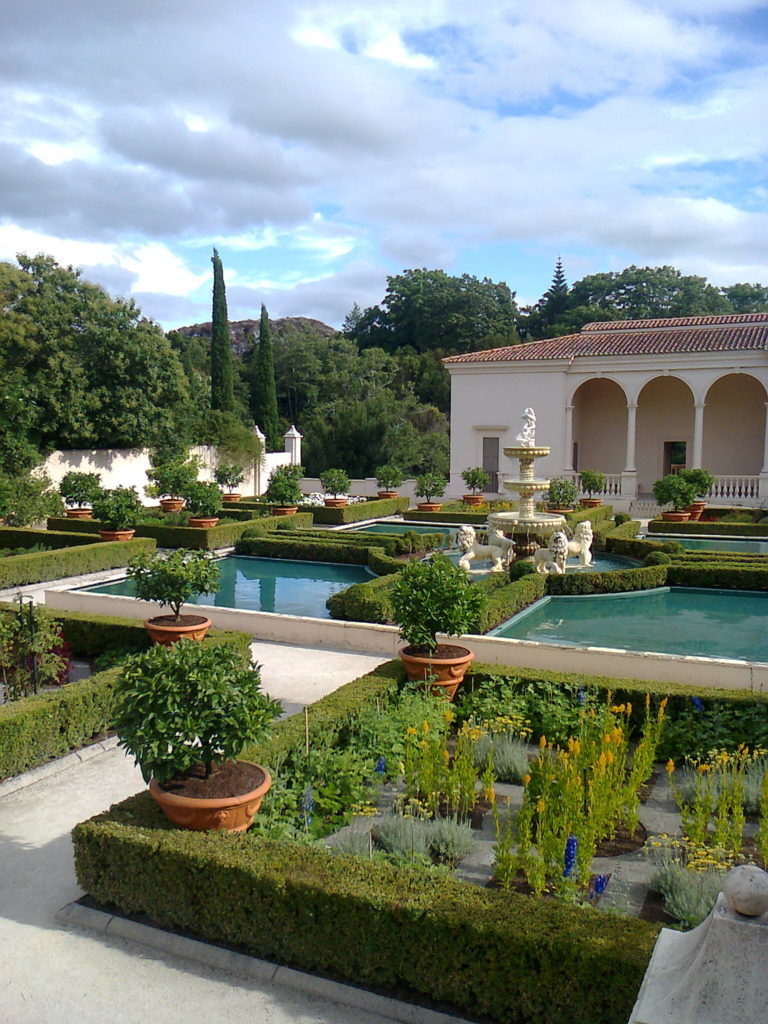
Travelling through Hamilton and the Waikato? Make sure you take time to stop and walk through the Hamilton Gardens. Forty years of effort on a disused quarry and swamp site has created and international standard botanical garden. Lots of parking, clean toilets and an onsite cafe. Hamilton also has a Museum and art centre on Victoria Street.
Paradox the Street Art Festival coming to Tauranga March to June 2017 – W: taurangastreetart.co.nz
ZOETICA – life – passion – bravery 30 August to 02
September 2017 Tarnished Frocks & Divas in association with Carrus W: tarnishedfrocksanddivas.co.nz F: Tarnished Frocks and Divas
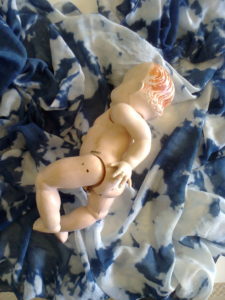 Do not leave me hanging by a thread is a You Tube spoken word project to encourage support for the work of Medecins Sans Frontieres – Doctors Without Borders.
Do not leave me hanging by a thread is a You Tube spoken word project to encourage support for the work of Medecins Sans Frontieres – Doctors Without Borders.
“Medecins Sans frontieres – Doctors Without Borders is an international non-governmental humanitarian medical organisaiton. It delivers emergency aid to people affected by armed conflict, epidemics, natural disasters and exclusion from health care. It was founded in Paris in 1971 by a group of doctors and journalists who believed that all people have the right to medical care regarldess of gender race religion or political affiliation. There are regionally based organisations. Australia has an organisation www.msf.org.au “


